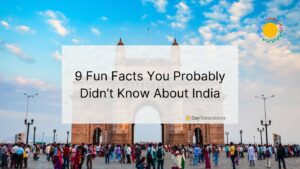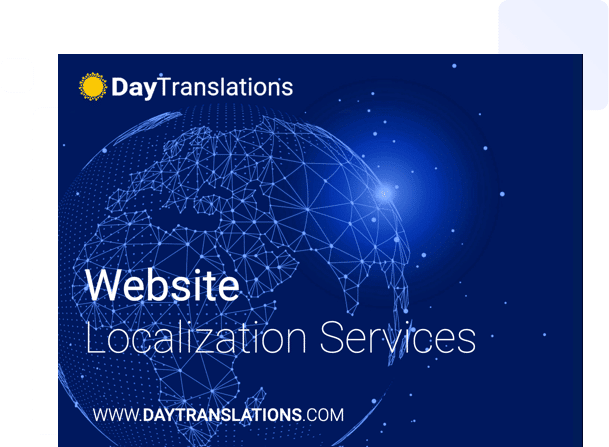Let’s face it: social media is the global town square. It’s where people connect, share, and discover—no matter where they are in the world. But here’s the catch: what works in one country might flop in another. That’s where localization comes in. When you localize your social media strategy, the focus isn’t just on translating posts; it’s about adapting your content to resonate with local audiences. Think of it as learning the local dialect of social media. Ready to go global? Let’s dive in.
Why Localize Your Social Media Strategy?
Not Everyone Speaks the Same Language
Sure, English is widely spoken, but it’s not the preferred language for everyone. According to Statista, only about 25% of internet users speak English. The rest? They’re scrolling in Spanish, Mandarin, Hindi, and countless other languages.
- Example: If you’re targeting Brazil, posting in Portuguese will make your content far more relatable than English.
- Pro Tip: Even within the same language, dialects and slang can vary. For instance, Spanish in Spain is different from Spanish in Mexico.
Cultural Nuances Matter
What’s funny in one country might be offensive in another. Localization helps you avoid cringe-worthy mistakes and connect with your audience on a deeper level.
- Example: McDonald’s is a pro at this. In India, they avoid beef-based products and focus on vegetarian options to align with local dietary preferences.
- Pro Tip: Research local holidays, traditions, and pop culture references to make your content feel homegrown.
Boost Engagement and Trust
When users see content that feels tailored to them, they’re more likely to engage. A study by HubSpot found that localized content can increase engagement by up to 600%.
- Example: Coca-Cola’s “Share a Coke” campaign personalized bottles with local names in each market, creating a sense of connection and driving massive engagement.
How to Localize Your Social Media Strategy
Know Your Audience
Before you start posting, research your target audience. What platforms do they use? Do they engage with specific kinds of content? What are their cultural preferences?
- Platform Preferences: While Instagram and Facebook are popular globally, platforms like WeChat (China) and VKontakte (Russia) dominate in specific regions.
- Content Preferences: In Japan, visually appealing content like anime-style graphics performs well, while in Germany, informative and straightforward posts are preferred.
Adapt Your Content
Localization goes beyond translation. It’s about creating content that feels native to each market.
- Language: Use professional translators or native speakers to ensure accuracy and cultural relevance.
- Visuals: Use images, videos, and graphics that reflect local culture. For example, a campaign in India might feature vibrant colors and traditional attire, while one in Scandinavia might focus on minimalist design. You can also embed Instagram feed to showcase real-time user-generated content that resonates with the local audience and enhances cultural relevance.
- Tone: Adjust your tone to match local preferences. In the U.S., a casual and humorous tone might work, while in Japan, a more formal and respectful tone is often preferred.
Leverage Local Influencers
Partnering with local influencers can give your brand credibility and reach.
- Example: When Airbnb wanted to expand in China, they collaborated with local influencers to showcase unique stays and experiences, helping them connect with Chinese travelers.
- Pro Tip: Choose influencers who align with your brand values and have a genuine connection with their audience.
Time Your Posts Right
Posting at the right time is crucial for maximizing engagement.
- Time Zones: Schedule posts to go live when your target audience is most active.
- Local Events: Align your posts with local holidays, festivals, or trending topics to stay relevant.
Monitor and Adapt
Social media is constantly evolving, and so should your strategy.
- Analytics: Use tools like Hootsuite or Sprout Social to track engagement and identify what’s working.
- Feedback: Listen to your audience. If a post isn’t resonating, tweak your approach.
Real-World Examples
Netflix: Mastering Localized Social Media
Netflix tailors its social media content for each market. In India, they create memes and posts around Bollywood and local shows, while in Brazil, they focus on telenovelas and regional humor.
Starbucks: Celebrating Local Culture
Starbucks uses social media to celebrate local traditions. During the Lunar New Year, they share festive posts and promotions tailored to Asian markets, creating a sense of connection and celebration.
The Wrap Up
Localizing your social media strategy isn’t just about reaching more people—it’s about connecting with them. By speaking their language, respecting their culture, and creating content that feels personal, you can turn followers into fans and fans into loyal customers.
So, ready to take your social media global? Start localizing, and watch your engagement—and impact—soar.












Sorry, the comment form is closed at this time.